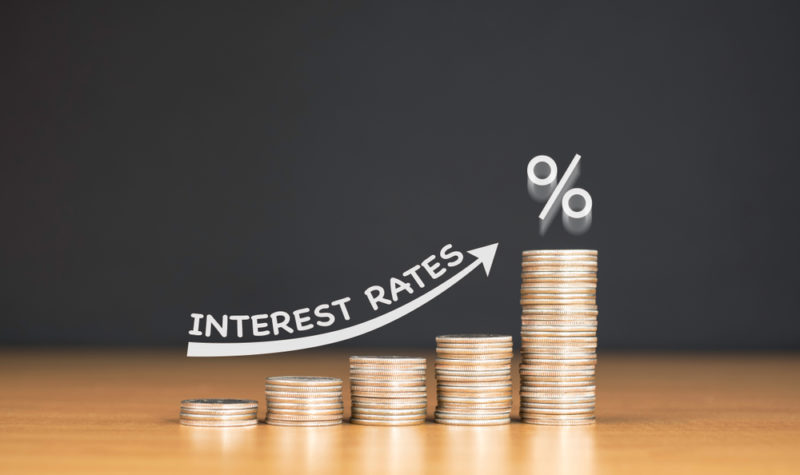Should we be worried about the end of low interest rates? Maybe not…

One big question mark hangs over the markets right now: What effect will the normalisation of monetary policy – by which we mean the gradual withdrawal of quantitative easing (QE) and an increase in interest rates – have on the global financial system and the economy?
Many commentators, not least our very own Jim Mellon, have sounded the alarm, pointing to the vulnerability of the bond market in particular. However, the implications for equities are less clear.
Pure economic theory suggests higher interest rates are negative for equities. Ceteris paribus – all things being equal to you and me – a higher base rate of interest means a higher discount rate, which is the rate at which future cash flows arising from financial assets are discounted to arrive at a net present value (NPV) – i.e. the current value of all future cashflows.
This is, in theory at least, how all financial assets, including equities, are valued by the markets. A higher discount rate means a lower NPV, and hence lower asset prices. In practice, of course, the picture is much more nuanced.
The investment conundrum
One of the major conundrums of the years of recovery following the end of the Financial Crisis was that business investment, by which we mean fixed capital investment and research & development (R&D), remained stubbornly subdued, in spite of the cost of borrowing being at a record low.
One explanation for this is that banks’ net interest margin – the amount of money they make by taking in deposits and making loans – was low, and as such they were unwilling to write a lot of new business. But with interest rates now apparently on the increase, banks’ net interest margins are improving.
As banks’ net interest margins improve they are more likely to expand their business and make more loans to businesses and consumers. Crucially, this should drive business investment and therefore productivity growth.
Claiming the credit
In April, JP Morgan Chase, one of the largest banks in the US, reported that base rate hikes from the Federal Reserve helped net interest margin climb from 2.22% in Q4 2106 to 2.48% in Q1 2018. Now, that might not seem like much, but when you’re dealing with hundreds of billions of dollars of loans, it does add up.
But the real question is whether this is feeding through to an increase in business lending…
For more investment ideas, subscribe for FREE to never miss an issue of the Master Investor Magazine.
Commercial and industrial loan balances grew at a seasonally adjusted rate of 9.3% last month to hit a record $2.13 trillion, according to the Federal Reserve figures. That was by far the biggest increase since the 2016 election.
Of course, President Trump will no doubt claim the credit for himself, but if the US recovery continues apace, it is probably just as likely to be down to the normalisation of interest rates as it is to his tax reforms.
Comments (0)